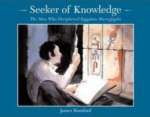
A biography of the French scholar whose decipherment of the Egyptian hieroglyphic language made the study of ancient Egypt possible.

A biography of the French scholar whose decipherment of the Egyptian hieroglyphic language made the study of ancient Egypt possible.
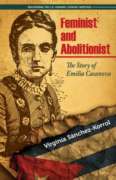
When asked to deliver contraband papers to her native island home of Cuba in 1852, twenty-year-old Emilia Casanova gulped audibly in a most unladylike manner. This was her chance to be in the thick of the rebellion against Spanish authority something she had always dreamed of instead of on the sidelines more befitting someone of her station. Even though she would be branded a traitor and endanger her family if she was caught, she pushed her fear aside and accepted the mission.
Back in Cuba following her first summer abroad, distributing seditious propaganda isn’t as easy as it had seemed while in New York. But she honors her commitment to the Junta Cubana, a group of Cuban revolutionaries living in exile in the U.S., and begins her efforts to convert compatriots to the cause of independence from Spain. She begins planting the seeds of insubordination in her social circle and enlists two of her brothers in the cause. Things become more dangerous when she targets soldiers in the garrison close to the family’s home, and it doesn’t take long for one of her brothers to be exposed. Soon Emilia’s father is forced to lead his entire family away from their home and into exile in the U.S.
Raised in an elite, slave-holding Cuban family, Emilia Casanova spent most of her adult life in New York City, where she worked passionately for Cuba’s freedom from Spain and the black man’s freedom from servitude. A wife and mother, she created the first women’s political organization dedicated to supporting the rebel cause during Cuba’s Ten Years’ War. Puerto Rican and Latino Studies professor Virginia Sanchez-Korrol introduces the fascinating but little-known story of a Latin American activist to an English-speaking audience.
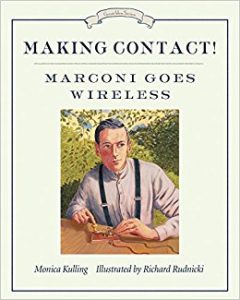 As a boy, Marconi loved science and invention. Born in 1874 in Bologna, Italy, to a wealthy family, Marconi grew up surrounded by books in his father’s library. He was fascinated with radio waves and learned Morse code, the language of the telegraph. A retired telegraph operator taught him how to tap messages on the telegraph machine. At the age of twenty, Marconi realized that no one had invented a wireless telegraph. Determined to find a way to use radio waves to send wireless messages, Marconi found his calling. And, thanks to his persistence, on December 12, 1901, for the first time ever, a wireless signal traveled between two continents.
As a boy, Marconi loved science and invention. Born in 1874 in Bologna, Italy, to a wealthy family, Marconi grew up surrounded by books in his father’s library. He was fascinated with radio waves and learned Morse code, the language of the telegraph. A retired telegraph operator taught him how to tap messages on the telegraph machine. At the age of twenty, Marconi realized that no one had invented a wireless telegraph. Determined to find a way to use radio waves to send wireless messages, Marconi found his calling. And, thanks to his persistence, on December 12, 1901, for the first time ever, a wireless signal traveled between two continents.
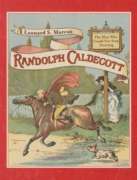
Leonard S Marcus, a distinguished historian of children’s literature, presents a short biography of Randolph Caldecott (1846-1886), illustrated with a great collection of his work, including many previously unpublished drawings. From doodling in the margins of his schoolbooks to his tragically early death, the book traces the career of the ‘man who invented the modern picture book’ and whose dynamic visual storytelling was to influence later illustrators, notably Beatrix Potter and Maurice Sendak.
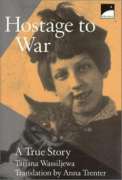
When Tatjana was ten years old, Nazi Germany declared war on Russia. Enduring terrible conditions and near-starvation in workcamps, Tatjana survived through liberation, but had more obstacles to overcome before fulfilling her dream to become a teacher.
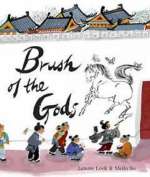
During the Tang dynasty, master painter Wu Daozi creates an extraordinary mural for the emperor.
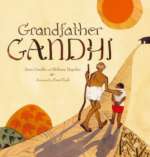
Mahatma Gandhi’s grandson tells the story of how his grandfather taught him to turn darkness into light in this uniquely personal and vibrantly illustrated tale that carries a message of peace.
How could he—a Gandhi—be so easy to anger?
One thick, hot day, Arun Gandhi travels with his family to Grandfather Gandhi’s village.
Silence fills the air—but peace feels far away for young Arun. When an older boy pushes him on the soccer field, his anger fills him in a way that surely a true Gandhi could never imagine. Can Arun ever live up to the Mahatma? Will he ever make his grandfather proud?
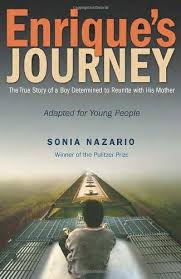
Enriques’s Journey is the true story of Enrique, a teenager from Honduras, who sets out on a journey, braving hardship and peril, to find his mother, who had no choice but to leave him when he was a child and go to the United States in search of work. Enrique’s story will bring to light the daily struggles of migrants, legal and otherwise, and the complicated choices they face simply trying to survive and provide for the basic needs of their families.
See the review at WOW Review, Volume VII, Issue 4.
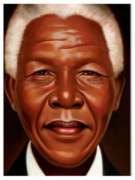
In this picture book biography, award-winning author and illustrator Kadir Nelson tells the story of Mandela, a global icon, in poignant free verse and glorious illustrations. It is the story of a young boy’s determination to change South Africa, and of the struggles of a man who eventually became the president of his country by believing in equality for all people, no matter the color of their skin. Readers will be inspired by Mandela’s triumph and his lifelong quest to create a more just world.
An author’s note at the back retells the story of Mandela’s fight against apartheid in simple prose, and takes the story further, including Mandela’s Nobel Peace Prize. A short bibliography lists additional sources for readers who want to find out more.